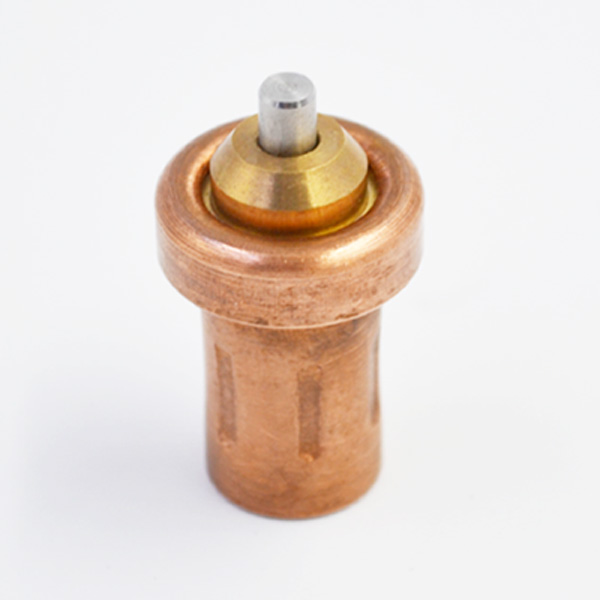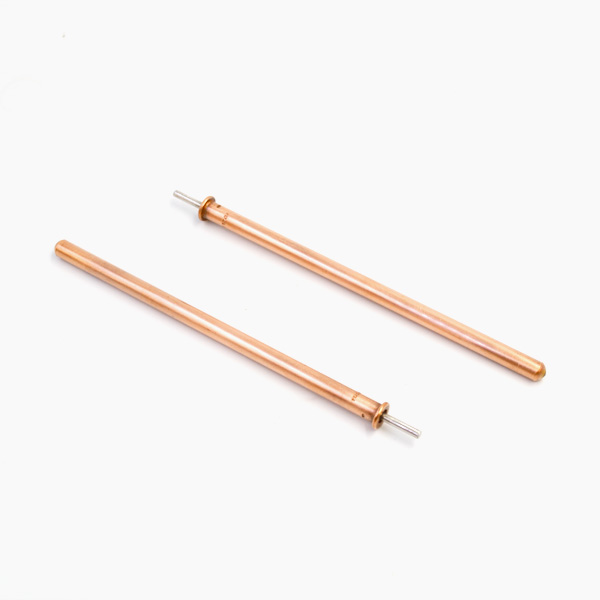This paper briefly introduces the concept and characteristics of fuzzy control, and takes a second-order system as an example. Through Mamdani and T-S two different reasoning mechanisms and different clarification methods, the influence of different reasoning mechanisms and clarification methods on system output is analyzed in detail. Simulink simulator under MATLAB is used to simulate and analyze.
Fuzzy control is a non-linear control technology based on fuzzy set theory, fuzzy linguistic variables and fuzzy logic reasoning. It integrates the knowledge of mathematical basis, theoretical basis and implementation method, which is quite different from the traditional control method. In 1965, Professor Zade of the United States put forward the concept of fuzzy sets, which initiated a new era of fuzzy mathematics and its application. In 1974, British professor Madani (Mamdani) first used fuzzy control statements to form fuzzy controllers, and used it in the control of boilers and steam engines, and achieved success in the laboratory. This innovative move marks the birth of fuzzy control theory [1]. Fuzzy controller is an ideal non-linear controller which is easy to control and master. It conforms to our human thinking method and is easy to learn and master. Fuzzy-Fuzzy Controller can be used to control complex systems with uncertainties without obtaining the exact mathematical model of the controlled object.
Fuzzy controller has strong immunity to disturbance, is insensitive to the change of process parameters, and has strong robustness. Taking a second-order system as an example, a fuzzy controller is designed by using the basic theory of fuzzy control technology, and its performance is optimized.
A fuzzy controller is designed to optimize the performance of the second-order system. At the same time, thermostatic element under the condition that the rule base remains unchanged, different reasoning mechanisms and clarification methods are used to compare the effects of different methods on the control system performance, and a brief analysis is made.
Using MATLAB to build the whole control system model in Simulink [2]. As shown in Figure 1.

When Mamdani type fuzzy controller is used and different clarification methods are adopted, the output curves of the system are shown in Figs. 2 and 3. As can be seen from Figure 2, the rise time of the fuzzy control system has a small overshoot, and it can finally reach a steady state.
The system has a good performance. By comparing Figure 2 and Figure 3, it is found that changing the clarification method shortens the rise time of the system, but increases the overshoot, and increases the system oscillation and stability time. When T-S fuzzy controller is used and different clarification methods are adopted, the output curves of the system are shown in Figs.
4 and 5. Compared with Mamdani reasoning model, the output curve of the controller has little change, so different reasoning mechanisms have little influence on the output of the system. By comparing Fig.

4 and Fig.

5, it is found that after changing the clarification method, using the weighted sum method, the overshoot of the system becomes larger, the stabilization time becomes longer, and the performance of the system becomes worse. Through modeling and Simulation in MATLAB, the comparison of different reasoning mechanisms and clarification methods can be obtained: (1) Mamdani-type fuzzy reasoning method is similar to human thinking and expression habits, and easy to understand, but its calculation is complex and not conducive to mathematical analysis and practical control system application; but T-S-type fuzzy reasoning calculation is simple, conducive to mathematical analysis, so it is easy to be applied in actual control system design.

And extension.
(2) For a fuzzy reasoning system, the input of the system is the same as the fuzzy rules, and the output results obtained by Mamdani fuzzy reasoning algorithm and T-S reasoning algorithm are not very different. (3) For the same system, different clarification methods have great influence on the output of the system [3].
